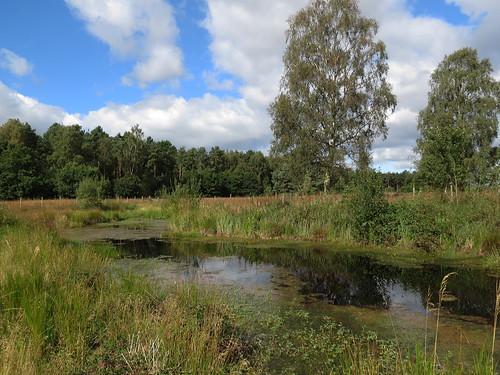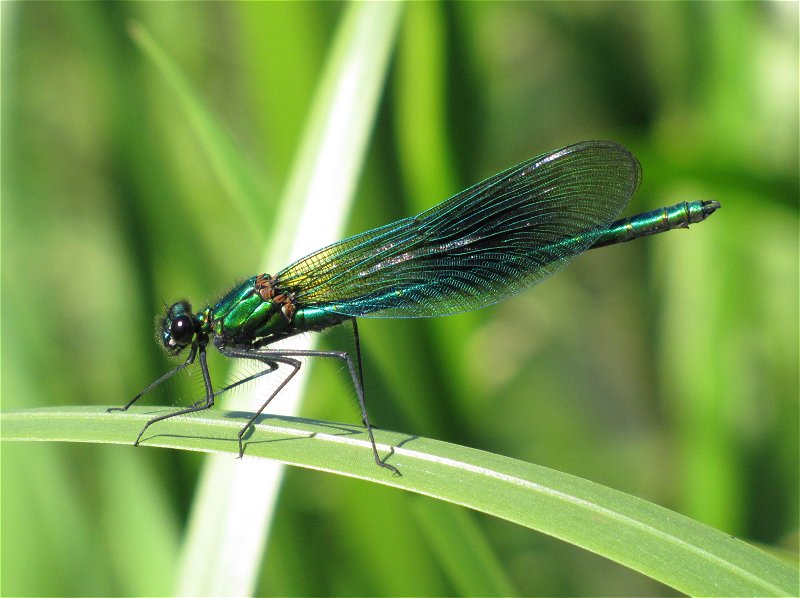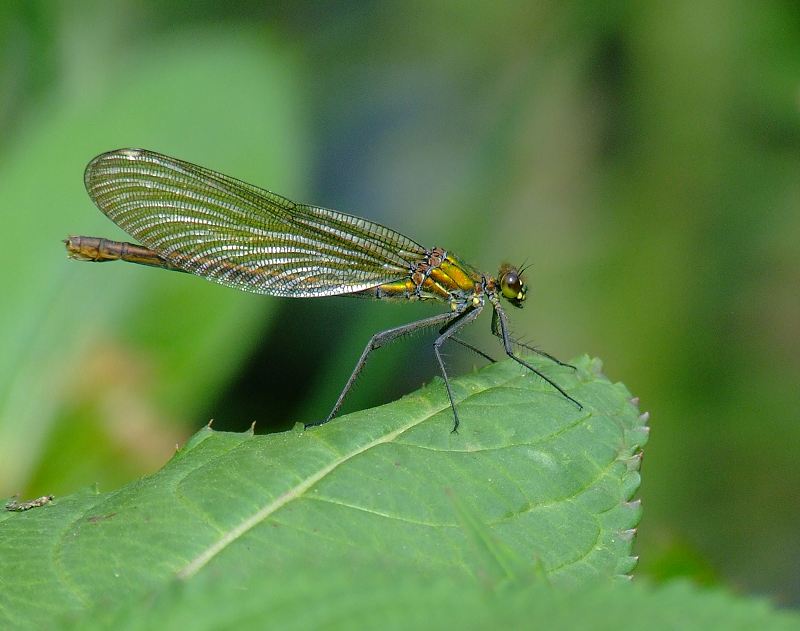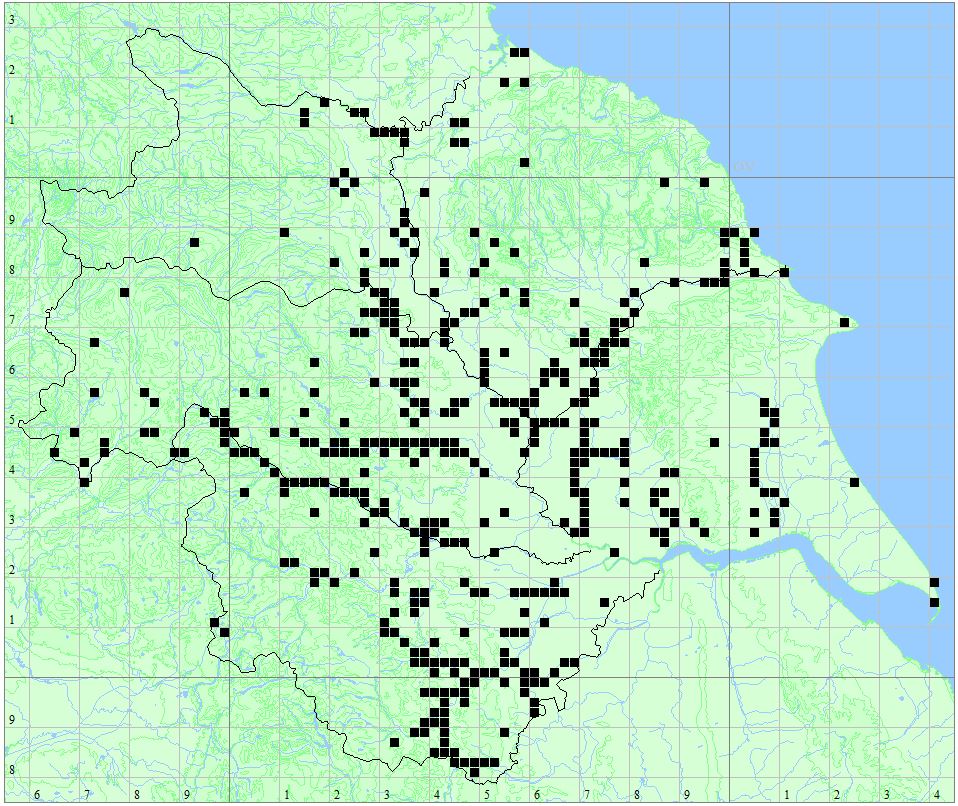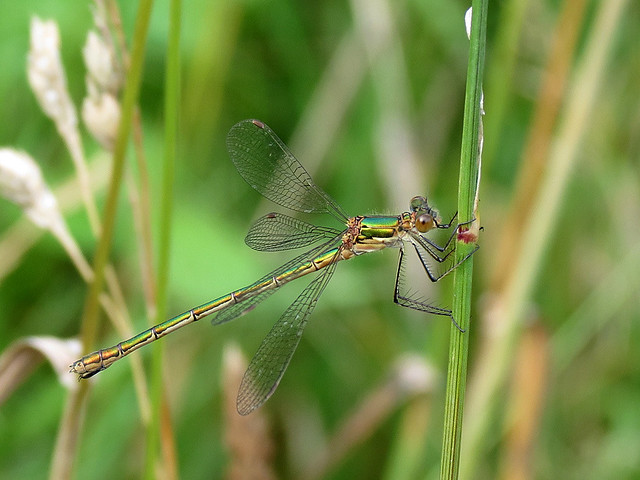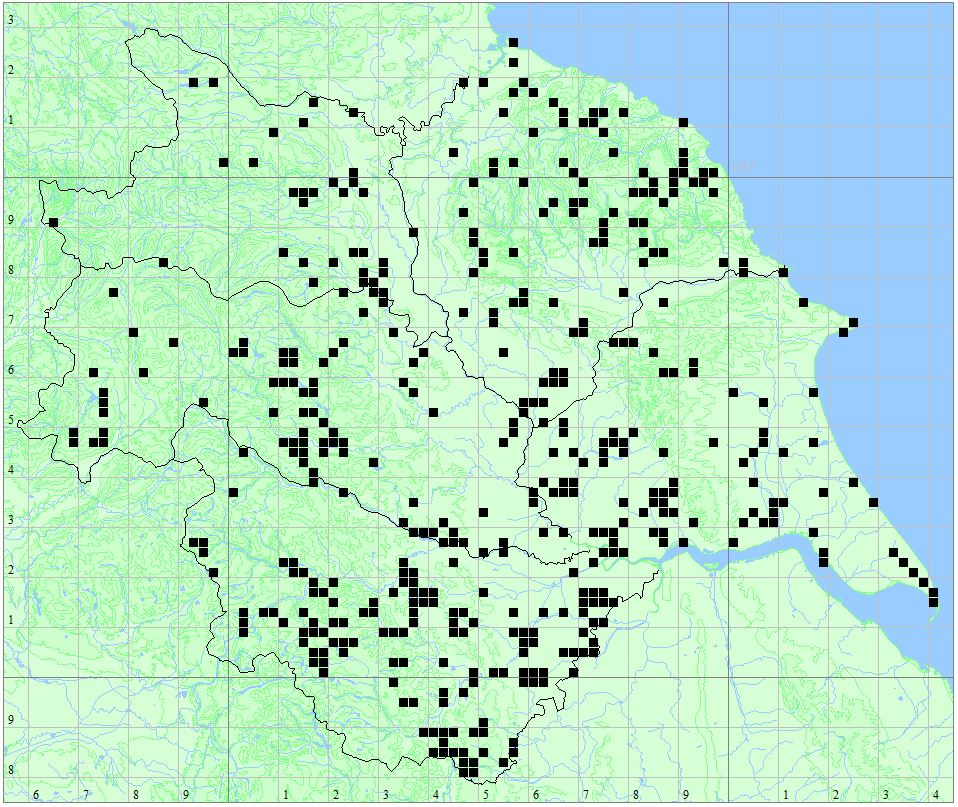View Leven Canal in a larger map
Habitat
Former canal now designated as an SSSI. Fed by calcareous spring water of high quality and supporting a range of fenland plant species along its margin
Access
Off the Beverley to Bridlington Road A1035 in Leven (TA1045).
More Information
Species List
- Large Red Damselfly Pyrrhosoma nymphula
- Red-eyed Damselfly Erythromma najas
- Blue-tailed Damselfly Ischnura elegans
- Azure Damselfly Coenagrion puella
- Common Blue Damselfly Enallagma cyathigerum
- Migrant Hawker Aeshna mixta
- Southern Hawker Aeshna cyanea
- Brown Hawker Aeshna grandis
- Emperor Dragonfly Anax imperator
- Hairy Dragonfly Brachytron pratense
- Four-spotted Chaser Libellula quadrimaculata
- Broad-bodied Chaser Libellula depressa
- Black-tailed Skimmer Orthetrum cancellatum
- Common Darter Sympetrum striolatum
- Ruddy Darter Sympetrum sanguineum
